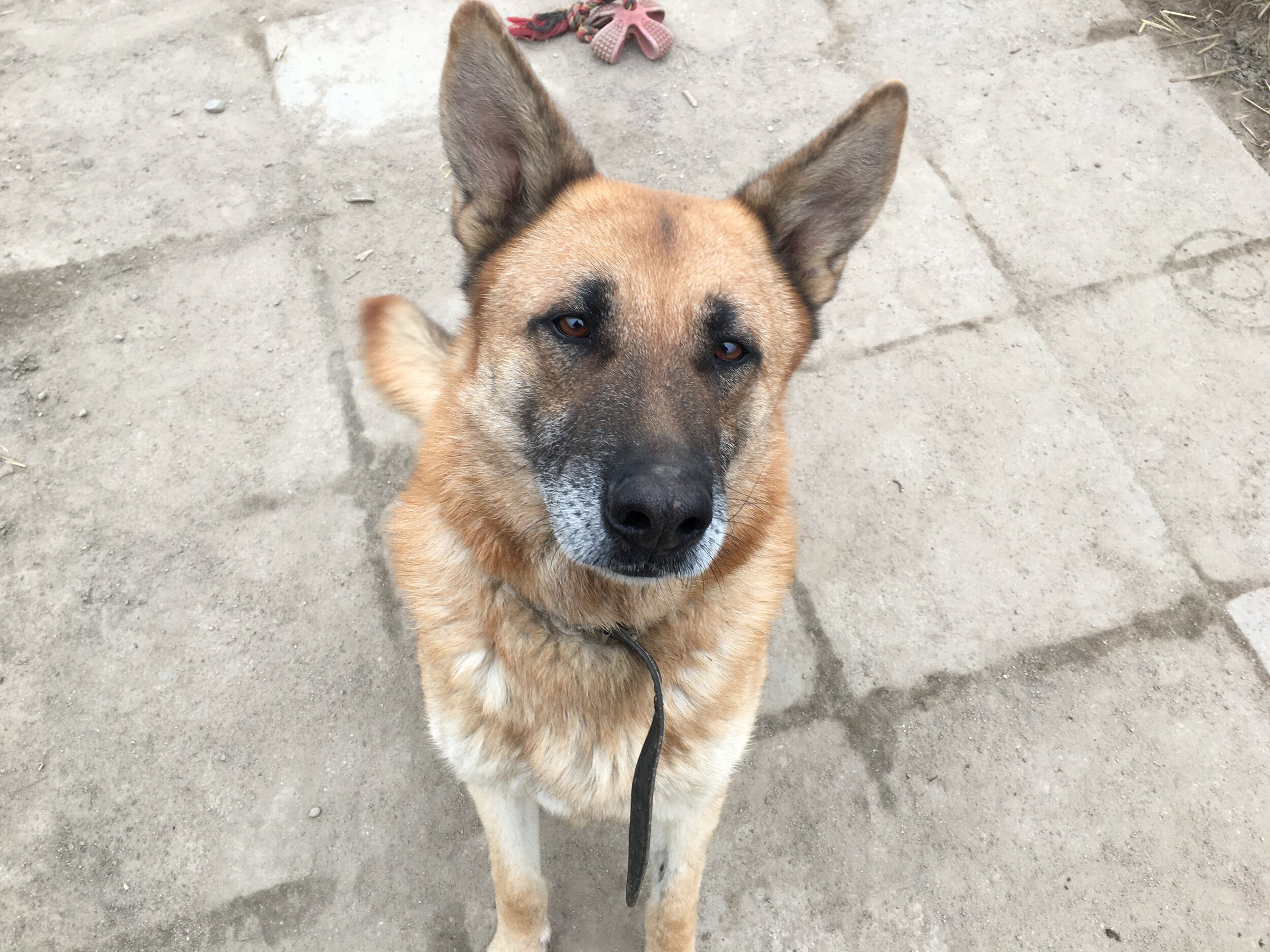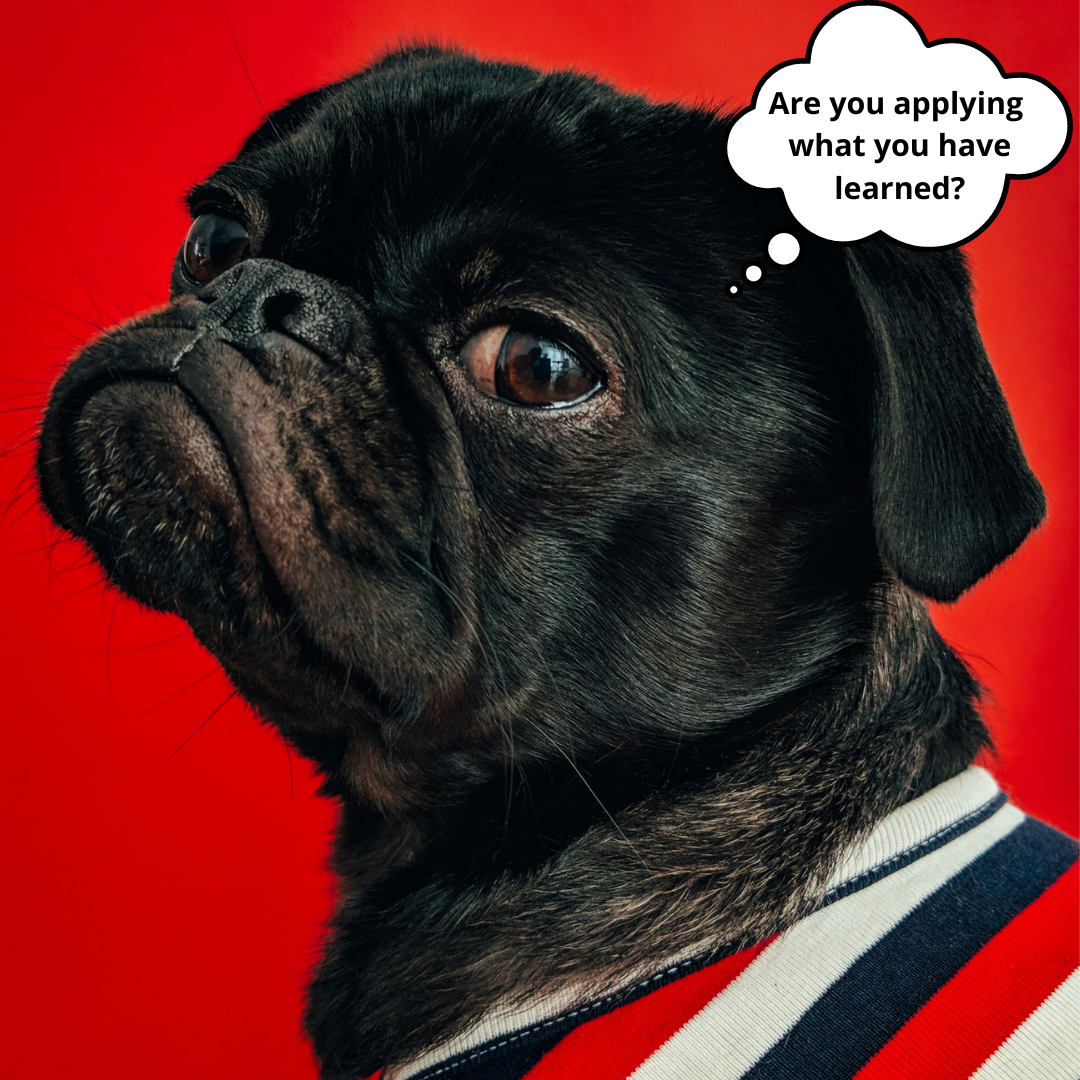Are you walking your dog for yourself or your dog?
Photo by Remi Cribb on Unsplash
Is walking your dog a time that you spend for your dog or you just want to get it done and go back home?
I know that I’ve sometimes taken a dog out thinking about all the things I have yet to do during that day. What it creates then, is making us impatient and wanting the dog to keep a certain pace and do his business sooner. We can easily get frustrated but is it the dog who creates this frustration or is it our expectations of him being a certain way?
You would be surprised, how long a dog would stay in one spot, checking everything out by both watching and sniffing if given permission. We don’t allow them to make choices on their walks. We tend to call them or pull them as soon as they will stay a couple of meters away or for longer than usual. Why do you have to rush your walks and make your dog keep your pace?
Your dog is on Facebook
Photo by Tamara Bellis on Unsplash
How do you feel when you need to wait for your dog? You can get frustrated and feel the need to make him come with you faster. You might even think that he is doing it on purpose, to annoy you. When the truth can be, he just didn’t get a chance to read all of the messages left for him there. When your dog is sniffing, it’s like him being on Facebook (as Chirag Patel says). Scrolling the feed can take time.
It’s possible to see it differently. You can choose how you interpret him taking the time to sniff or stop and watch his surroundings. It doesn’t have to frustrate you. You can accept it as it is, without getting angry.
Photo by Will Malott on Unsplash
How to do that? Find something that will keep you occupied while he is checking his messages. What can you do or think about while your dog takes his time to check things out? Maybe you want to learn a new language and can take this time waiting for your dog to rehearse all the new words you try to master? You can practice a speech that you tried to memorise. It can all happen in your head, you don’t have to speak it out loud. Doing so gives you an alternative behaviour that is incompatible with getting frustrated. There were times when I was practising dance moves on walks. While waiting for the dog to finish his thing I had a little bit of time to practice new dance routines that I was learning. It was mostly in my head, I wasn’t brave enough to dance the whole thing outside but you can do just that. On some other times, I was practising mindfulness and being with my emotions just as they are. There are many things you can do but remember, thinking about all the things that you yet have to do and about all the worries that you have will create negative emotions and impatience. Seeing the walks as an opportunity to get to know your dog better, to see all of his reactions and preferences instead of seeing walks as an inconvenience can start changing all of this emotional baggage. There is a difference between “I have to walk my dog” and “I get to walk my dog”. See it as an opportunity rather than necessity.
I understand that in certain situations it can be dangerous to allow the dog to sniff. The dog can look for something to eat and it can be a dangerous thing to eat. In that case, I would like to teach him that looking at me is getting him food that he wants so he no longer has to look for it elsewhere. Doing training with food on the walks can also make the walks more interesting for you and something you can look forward to.
Match your expectations
Photo by V Srinivasan on Unsplash
I love walking fast. For me, it’s usually impossible to feel like I’ve done my walk when I’m taking a dog out. It’s a different type of walk. Rarely I get dogs that sniff for just a second and move on quickly. But then, instead of thinking how I want him to be different, I choose to treat this walk as his time and walk slower. When I want to have a fast walk, I go for a separate one on my own (it’s my form of exercise, I don’t run, I walk as it’s better for my knees).
You can modify your dog’s behaviour and change the way he or she walks through training. You can make training fun for both you and your dog. I believe training is a great way to not only modify your dogs’ behaviour but to create a bond with him and enjoy the walks. However, our expectations from our dogs should be matched with the dog we have. If you have a basset hound or English bulldog, I hope you don’t expect him to run like a husky?
Do you have a specific route to walk that takes you back home and the sooner you make this loop, the sooner you can go back to your daily tasks?
Dogs that take their time to check things out can also pull a lot. Dogs walk faster than us. They might want to get to the next interesting thing in their fast pace, not in our slow two-legged tempo. It’s not disobedience, it’s just a difference in speed and preferences. Just because they walk fast, it doesn’t mean they want to keep the same speed throughout the whole way and leave no time to sniff and check the environment out. Your dog is learning valuable information from stopping to check things out and it can give him more confidence.
Sometimes slowing down (in a sense of not rushing to finish the walk sooner) can have a good effect on his pulling. Slowing down and allowing dogs to check their environment can calm them down, reduce their excitement and this ‘go, go, go’ mentality. Dogs can get excited about all of the smells and all of the information they find on their walks. If they are constantly pulled away from it, they might start to speed up to get to the next information sooner, so they can check it for longer.
Photo by Clem Onojeghuo on Unsplash
It’s a misunderstanding
A lot of the frustration on the walks comes from misunderstanding each other. The dog doesn’t get to read all the news (or check his Facebook) and you feel like he doesn’t listen to you or is disobedient and therefore he frustrates you. We have many misconceptions on how to look at dogs and what to expect from them. It’s in our control how we interpret what we see. Changing the way you see walks with your dog and lowering your expectations can be an easier and faster way to enjoy your walks again.
PS. I understand that every situation is different and the environment that you are in can be more or less challenging both for you and your dog. I can’t speak to every situation at once but I encourage you to try and experiment. You never know what you might find.















I'm feeling great and I prioritise health. I don't feel better than anyone else! I can enjoy feeling good about myself and hope for everyone else to enjoy themselves too. I believe that happiness is not something you achieve, it's something you DO. I'm choosing habits for happiness and I do them every day. I hope you can join me and start to seek happiness every day.